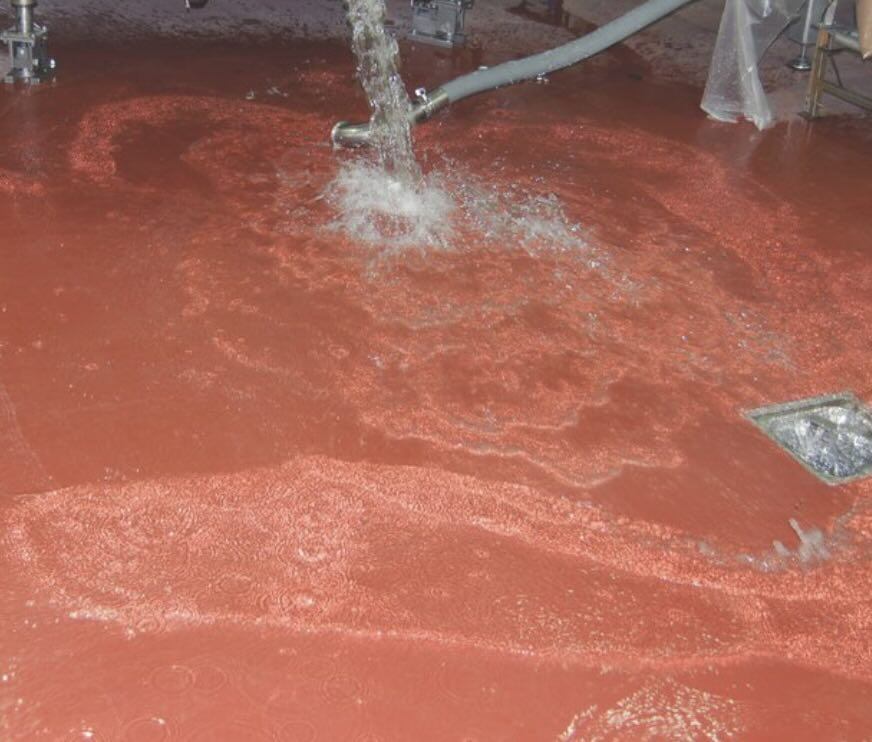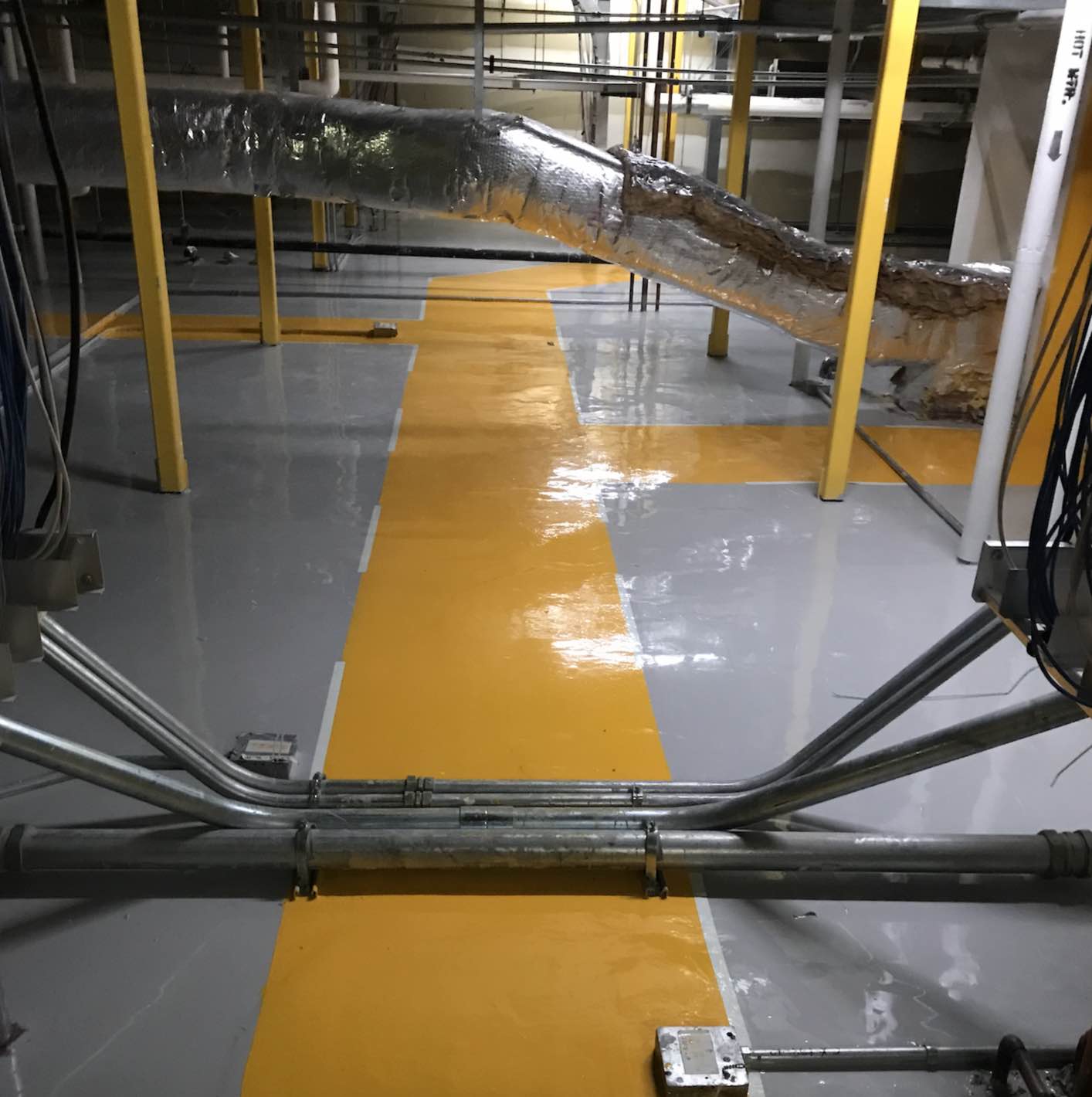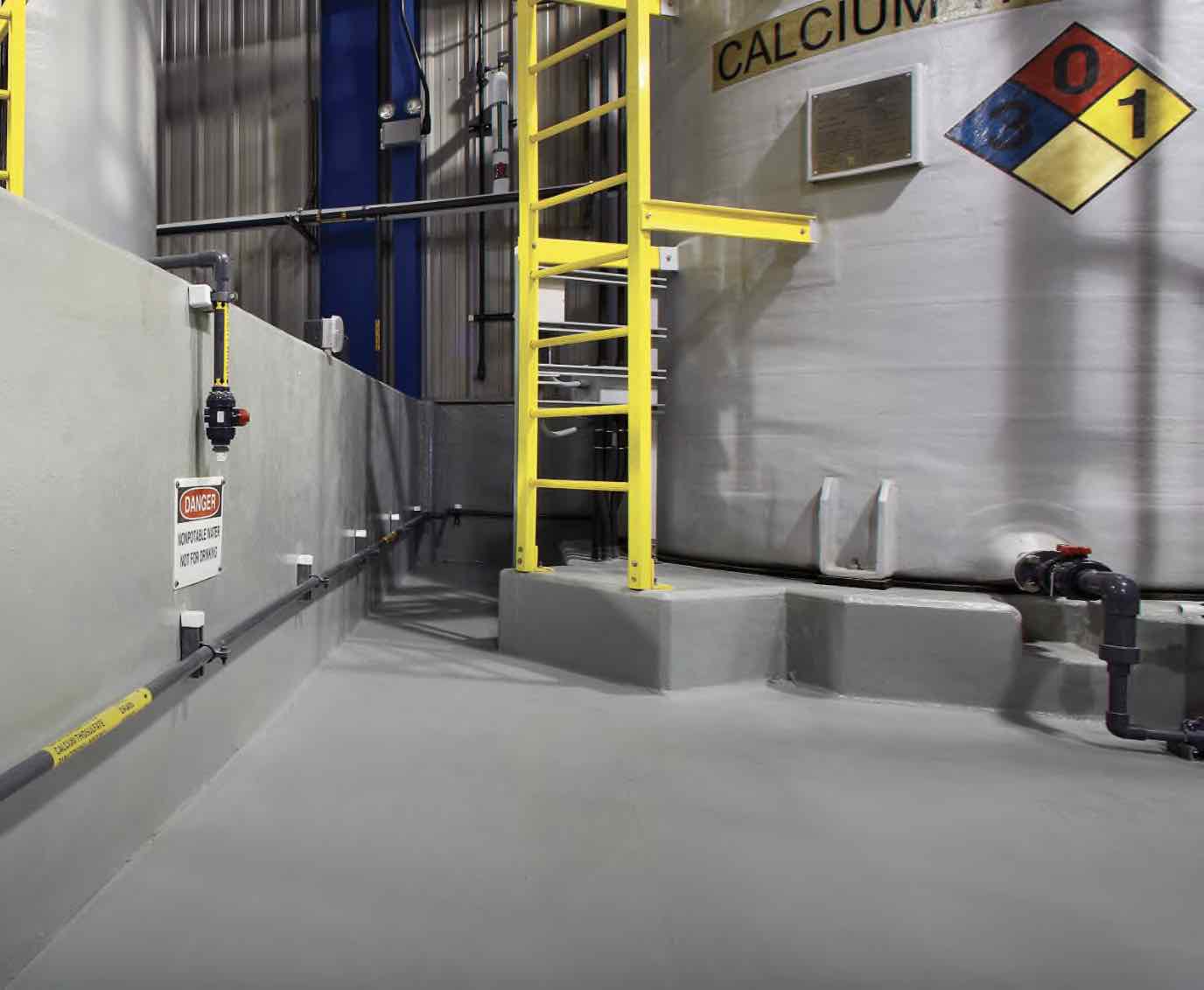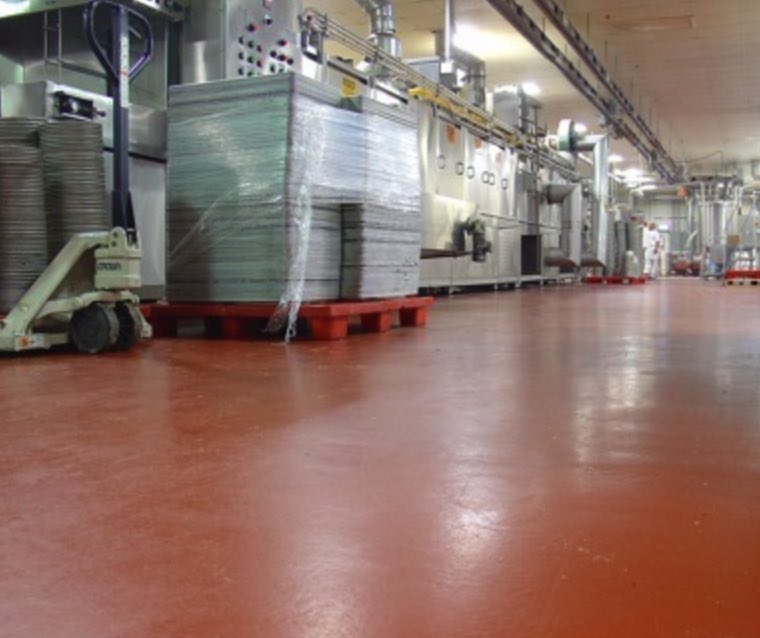
Shielding Your Concrete Floors: Essential Coatings for MVT Protection
Discover how the right coatings can safeguard your concrete floors against moisture vapor transmission (MVT), ensuring durability and aesthetic appeal.
- High Performance Coatings
Discover how the right coatings can safeguard your concrete floors against moisture vapor transmission (MVT), ensuring durability and aesthetic appeal.
Understanding Moisture Vapor Transmission in Concrete Floors
Moisture Vapor Transmission (MVT) refers to the process where moisture vapor moves through a concrete slab. This phenomenon occurs due to differences in vapor pressure, pushing moisture upwards from the ground through the porous concrete. It's crucial to understand that concrete, despite appearing solid, is naturally permeable and can allow moisture to pass through, potentially leading to various flooring issues if not properly managed.
Inadequate control of MVT can lead to detrimental effects on floor coverings, sometimes causing osmotic blistering. It's essential to assess the MVT rates of concrete floors in the construction phase to determine the need for mitigation measures. This understanding serves as a foundation for selecting the appropriate protective coatings to maintain the integrity and longevity of concrete floors.

The Impact of MVT on Flooring Systems and Building Integrity
The presence of excessive moisture vapor can severely impact flooring systems by causing adhesive failures, warping, and mold growth. These moisture-related problems not only compromise the aesthetic appeal of the floor but can also pose health risks and lead to significant repair costs. Moreover, MVT can affect the structural integrity of buildings by contributing to concrete deterioration over time.
Building owners and contractors must be proactive in addressing MVT issues to prevent costly damages and prolong the lifespan of flooring systems. By identifying the potential risks associated with MVT early on, effective strategies can be implemented to maintain the structural and functional integrity of the concrete foundation.
Key Types of Coatings Used for MVT Protection
Several types of coatings are used to protect concrete floors from MVT, including epoxy-based, polyurethane cement (seen below), and specialized MVT-blocking sealers. Epoxy coatings are popular due to their strong adhesive properties and resistance to moisture. Polyurethane coatings, while similar to epoxies, offer enhanced flexibility and heat resistance, making them suitable for areas exposed to high temperature wash downs.

Specialized MVT-blocking sealers are designed to specifically target and mitigate moisture vapor emissions in concrete. These sealers often contain compounds that react with the concrete to form a moisture-tight barrier. It's vital to choose a coating with the appropriate permeance rating, ensuring it's capable of handling the level of moisture vapor present in the concrete slab.
Step-by-Step Guide to Applying MVT Protective Coatings
Applying MVT protective coatings requires careful preparation and execution. The process begins with assessing the moisture levels in the concrete to determine the appropriate coating type. There are two industry standard tests that are used to confirm moisture content. ASTM F1869-16a (Standard Test Method for Measuring Moisture Vapor Emission Rate of Concrete Subfloor Using Anhydrous Calcium Chloride) and ASTM F2170-19a (Standard Test Method for Determining Relative Humidity in Concrete Floor Slabs Using in situ Probes) are quantitative tests that will help determined the level of moisture content in the existing concrete substrate.
Once the level of moisture is known, and the coating system is identified, the correct level of surface preparation will be crucial and involves cleaning, repairing any cracks or damage, and ensuring the concrete is dry and porous enough for the coating to adhere properly.
Following the manufacturer's instructions, apply the chosen coating evenly across the floor . Several layers may be needed, with adequate curing time in between. A successful application results in a uniform, bubble-free surface that provides effective MVT protection and enhances the floor's resistance to wear and tear.
Maintaining Your Coated Floors: Tips and Best Practices
Proper maintenance is key to extending the life of your MVT protective coatings. Regular cleaning with appropriate cleaning agents will prevent dirt build-up and potential damage to the coating. It's also important to address any spills immediately to avoid stains or chemical reactions that could compromise the coating's integrity. Further, inspecting the coated floors periodically is important, is important to look for signs of wear or damage, such as peeling or blistering, which may indicate a need for touch-ups or reapplication. By adhering to a consistent maintenance routine, building owners can ensure their coated floors remain in optimal condition, effectively managing MVT and preserving the aesthetic and functional qualities of their investment.
Check out these other similar link:
Exploring Decorative Resinous Flooring
Manufacturing Facility Resinous Flooring
Floor Coatings Are Not Created Equal
Flooring Project Profiles:
Seattle Space Needle Floor Remodel

Floor Coatings Are Not Easy to Specify.
Many variables dictate the proper selection of...

What Coatings Should be Used for Secondary...
Secondary containment coating systems are...

Advantages of Polyurethane Cement Floor Coatings
In the world of industrial and commercial...